
Predictions indicate that by 2020, Generation Z (Gen Z) shoppers will make up 40% of the consumer industry. This generation, comprised of people who were born after 1995, are a new breed of customers.
Consequently, brands need to take specific consideration when it comes to marketing strategies that will effectively target this group.
According to the Forbes Expert Panel and Business Development Council in their article, “This powerful consumer base is the next group of consumers that can help your business grow its revenue, as long as you take note of them now and prepare your marketing strategies to cater to their needs.”
In order to ensure future success, brands need to begin implementing strategies to draw in Gen Z shoppers. By not doing so, you could miss the mark on future profits from this emerging consumer group.
So, what marketing strategies can brands employ to effectively draw in and engage with Gen Z?

Meet Them in Their Natural Habitat
Generation Z is highly detached and tech-centric. The online is their comfort zone, so brands should start their marketing efforts on social platforms with clean and straight forward brand messaging; utilizing various touch points and forms of media along the way.
Gen Z shoppers spend time doing their research on products. They read multiple reviews of a product before making a purchasing decision. The user-generated content (UGC) by other customers significantly impact the decision-making process of the Gen Z shoppers.
So, it is important to ensure that your product has positive reviews and comments that are contributed by previous users on popular online platforms. It is a powerful way to not only increase your brand awareness but also impact Gen Z shoppers’ opinions regarding the value of your product and brand.
Entertain Them
Because technology has largely impacted the nature of their upbringing, many Gen Z shoppers have a shorter attention span than previous generations. In order to draw them in and keep them engaged, brand marketers need to focus on providing authentic interactions that will keep these shoppers coming back.
Forbes’ expert panel member Lisa Box explains, “To win with Gen Z, marketers have to evolve from informing to delighting, from celebrity to authenticity, and from generic to predictive.” This consumer group looks for brands that grab their attention and identify what they need for them.
Develop fun and catchy marketing assets that will simultaneously entertain and dazzle them into your store to make a purchase. A useful method is to come up with interactive games to play with Gen Z shoppers in-store and advertise them using vibrant and interactive signage. Then awarding them with personalized reward toward purchasing would be even more ideal. This will attract and entice this growing group of consumers to interact with your brand.
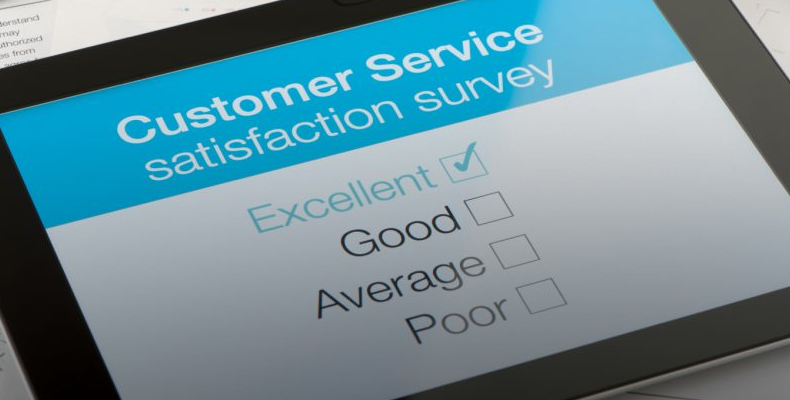
Advertise Based on Benefits and Results
Gen Z shoppers don’t trust a product simply because the brand says it’s a good product. They are mostly driven by results that they can see. To generate demand among this group of consumers, brand marketers need to clearly and effectively show them the benefits of a product.
Showing them what they can achieve by using the product will maximize the sale of your products as well as elevate your brand’s status as an expert who understands their lifestyle and needs.
Once the relationship is established, Gen Z shoppers will likely become your brand ambassadors by influencing their friends and acquaintances by promoting your products and brands.
*****
Gen Z shoppers are growing as a segment, and businesses need to prepare for this emerging group of consumers. Because they have different qualities and needs from other consumer groups, brand marketers need to focus on developing new marketing tactics to effectively advertise to them.
Reviews, entertainment, and results are important factors for Gen Z shoppers when it comes to making purchases. Using creative marketing materials, such as signs and POS displays, to show off positive reviews, provide entertainment, and demonstrate product benefits is an effective way to draw in and connect with Gen Z shoppers. By understanding this emerging consumer group, brands can capitalize on new opportunities to directly engage with them.
And by working with a trusted partner who can help you prepare for the emergence of Gen Z shoppers, your brand can increase competitiveness in quality, effectiveness, and providing delightful customer experience.
Related blogs:
Subscribe to the Blog
Why NVISION?
For more than three decades we’ve partnered with Fortune 500 companies to deliver marketing operations solutions. Led by a strategic account management team, we’ll help you develop, procure, fulfill and distribute printed collateral, signage, point-of-purchase displays, direct mail, branded merchandise and much more.

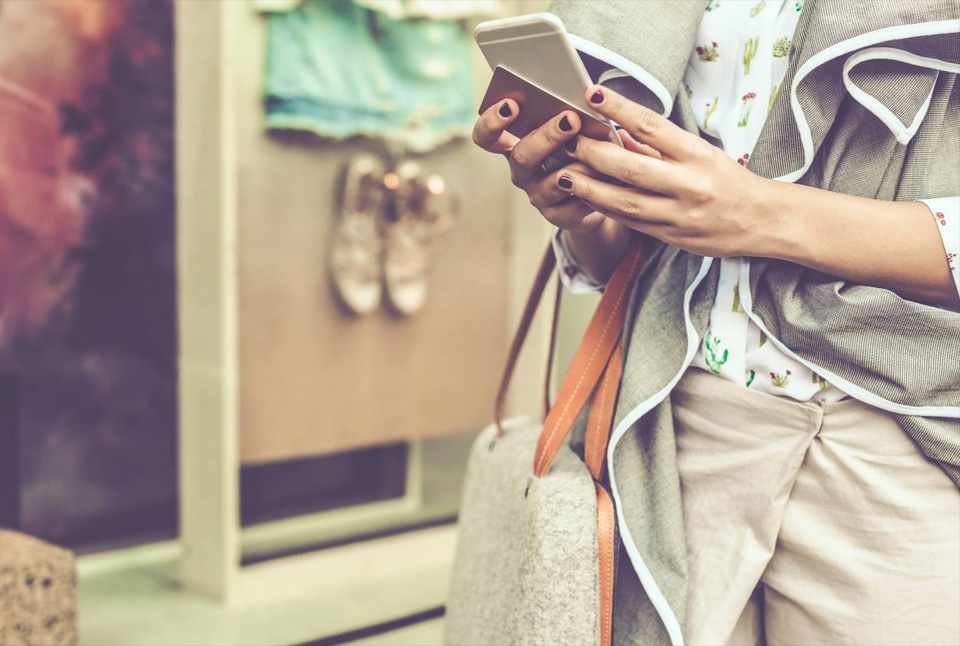

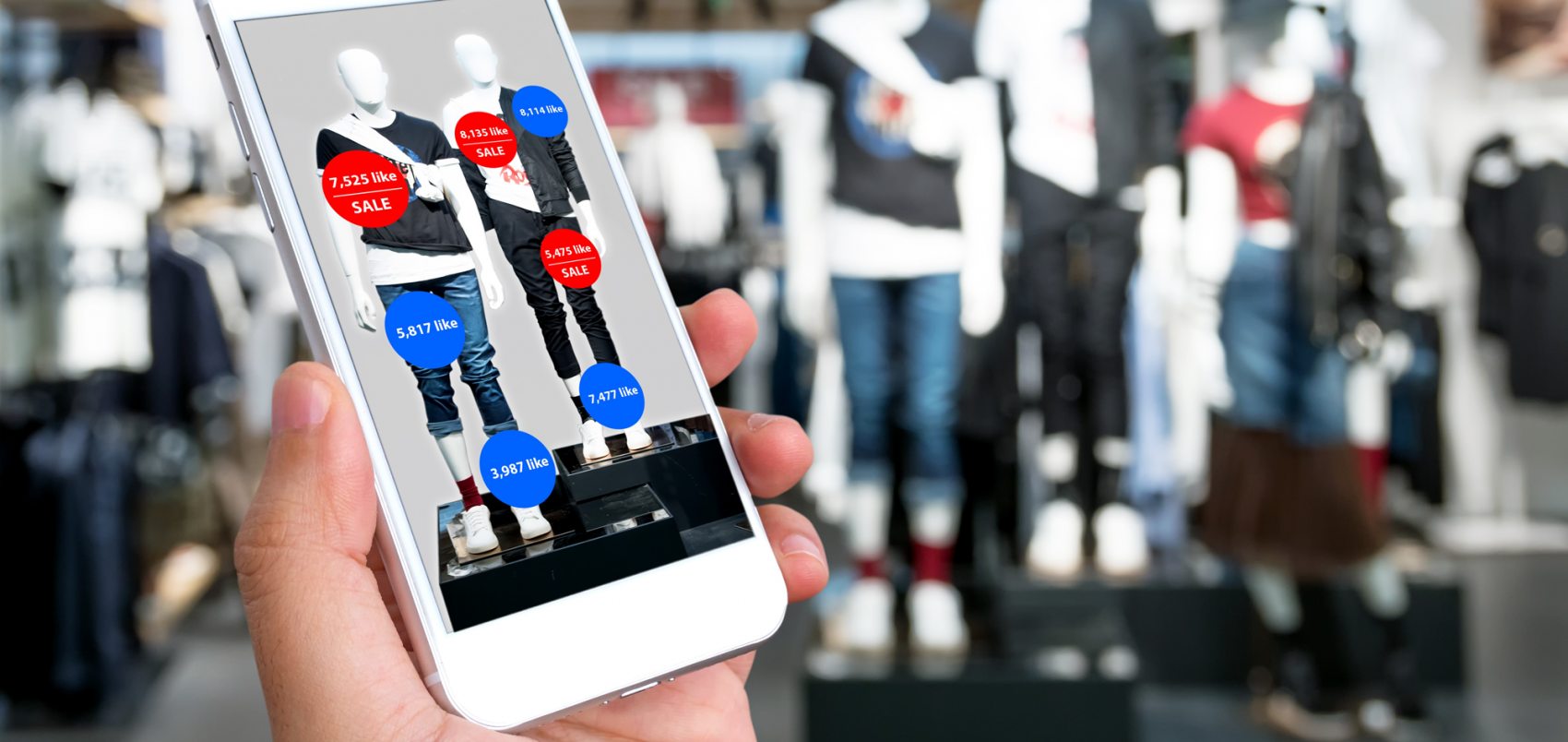
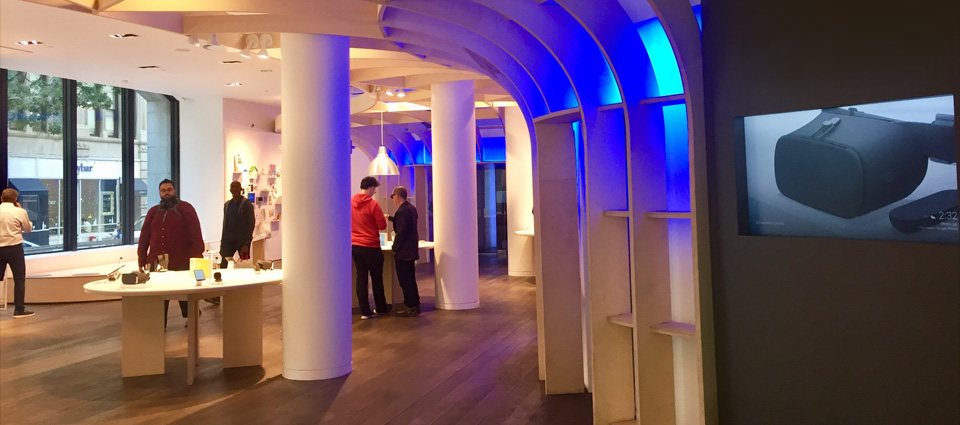
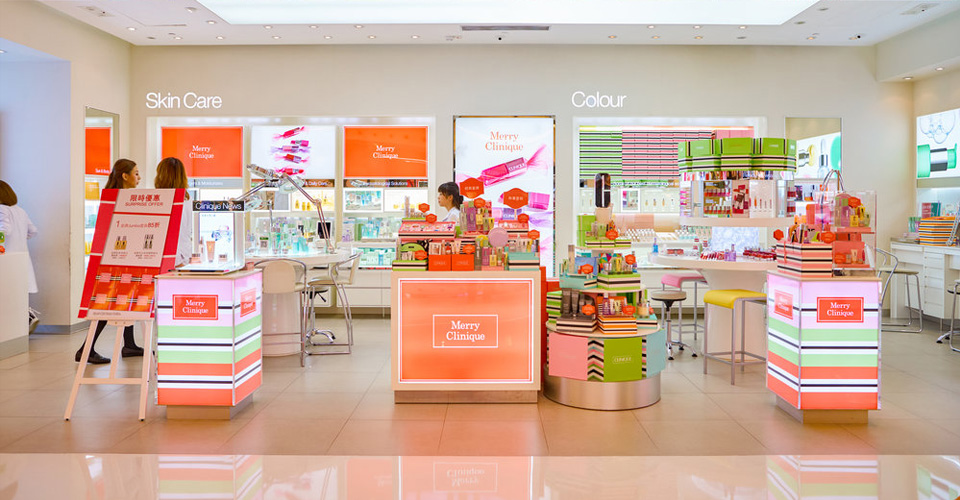



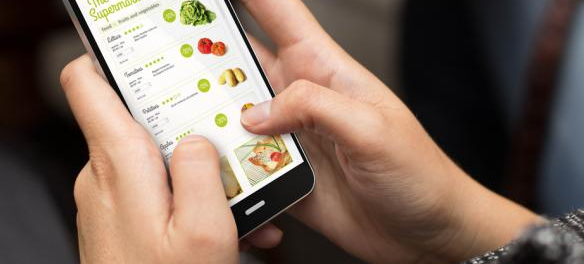
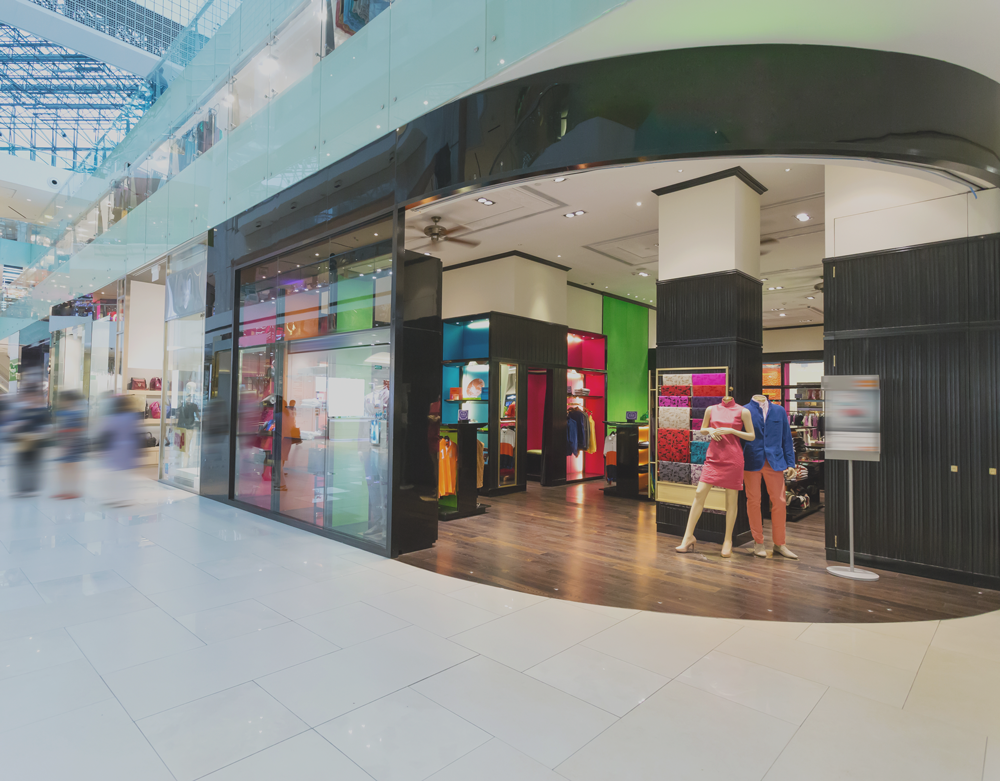
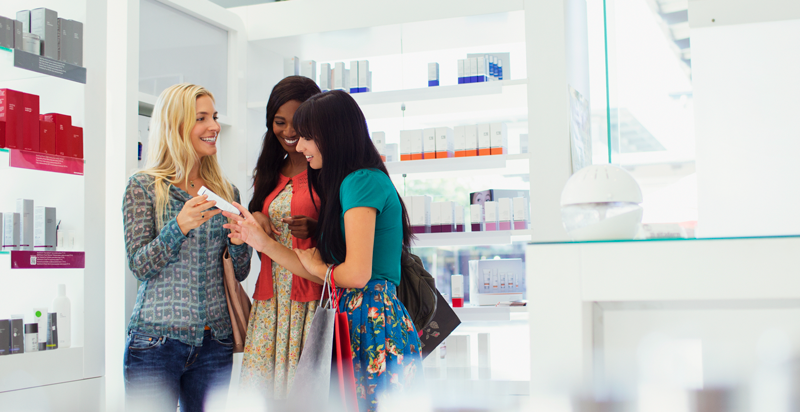
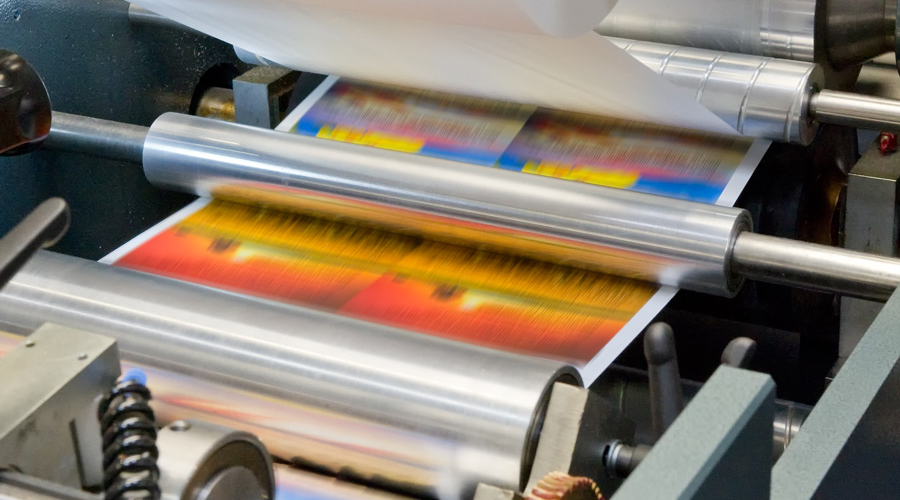
 Project Title
Project Title Project Title
Project Title